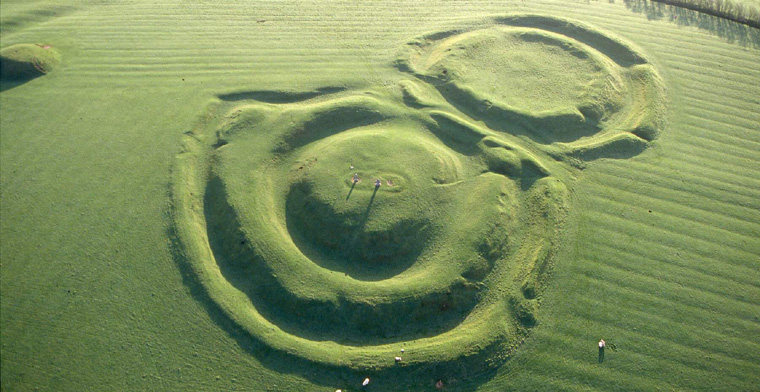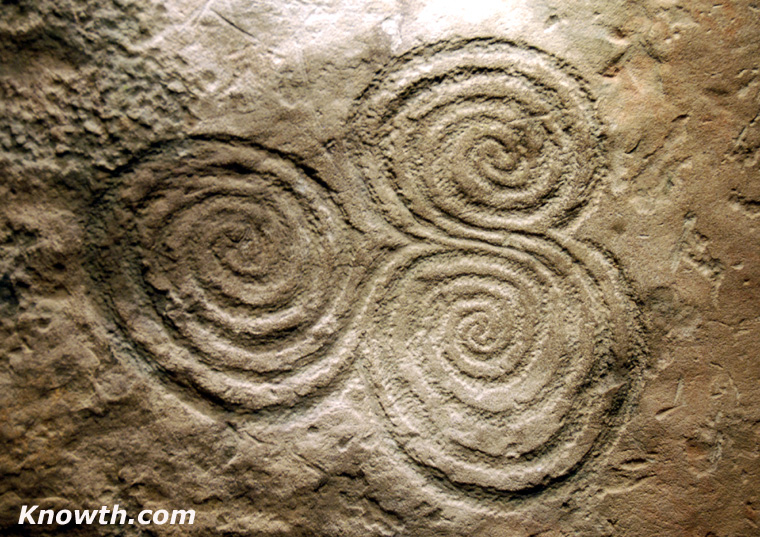The Celts
The Celts, an ancient and intriguing civilization, left their indelible mark on history, with the first historical record occurring around 700 BC as chronicled by the Greeks. This remarkable group comprised loosely affiliated tribes dwelling north of the Alps, primarily inhabiting the region surrounding the Danube River in central Europe. Over the ensuing centuries, their influence rippled across the continent, extending both eastward and westward.The Celts in Ireland
The Celts first arrived in Ireland around 500 BC. The specifics of this migration remain shrouded in mystery, as reliable information on how and when the Celts asserted themselves as the dominant ethnic group in Ireland is scarce. It is widely speculated that their arrival unfolded gradually, a slow yet transformative process that spanned across the Irish landscape, possibly spanning several decades.As the centuries passed, the Celtic presence in Ireland solidified, and by the fifth century AD, a momentous shift occurred with the arrival of Christianity. The synthesis of Celtic culture and the Christian faith contributed to the rich tapestry of Irish heritage, shaping the identity of the land and its people. The enduring legacy of the Celts in Ireland persists, woven into the very fabric of the nation's history and cultural tapestry.
Some Thoughts on the Celts
Some Thoughts on the Celts by Desmond Johnston, he discusses the historical misassociation of ancient monuments like Stonehenge and Avebury with the Celtic Druids, initiated by William Stukeley in the 18th century. He highlights the misconception that linked Celts with structures predating their civilization by millennia.The acceptance of the Celts as a recent civilization, contemporaneous with Greek, Roman, and Etruscan cultures, only gained wide recognition in the 20th century. The confusion regarding the heartland of Celtic culture persists, with some still associating it with Ireland/Scotland instead of the Upper Danube.
Read the full article Some Thoughts on the Celts
Ireland and the Celtic Culture
Of all the words now associated with Ireland and the Irish, the most familiar and hackneyed is probably the word "Celtic." Pick up any catalogue selling Irish goods and the word is splashed across every page: Celtic music, Celtic spirituality, Celtic crosses-there are even "Celtic" mouse pads.This word coupled with anything Irish is now commonplace and accepted with total validity. But how valid an assumption is this? How truly "Celtic" is Ireland? This question is one of the most significant ones addressed by modem day Irish archaeologists and historians and has some very interesting answers.
Read the full article Ireland and the Celtic Culture
Newgrange Tri-sprial
At Newgrange the tri-spiral design is often referred to as a Celtic design, however it was carved at least 2500 years before the Celts reached Ireland. Megalithic mounds entered Celtic mythology as sídhe or fairy mounds, Brugh na Bóinne (Newgrange) was the home of Oengus (Aonghus) the god of love. It was said that Oengus never aged while he lived at Brugh na Bóinne.The Celtic Race never really existed in the way that we understand the term today. They were a loose amalgam of tribes, communities and disparate groups that come together for shared purposes such as defence, worship, trading and hunting. Unlike the Classical civilisations of Greece and Rome the Celts left little behind that scholars today can classify with any degree of certainty. The Celts were primarily of an oral tradition, however they did have a from of writing call Ogam or Ogham.
Ogham
The Celtic ogham script was used in Ireland from the fourth century AD to the eighth century AD. The script consisting of stokes or notches where were cut into wood or along the edge of a standing stone. It was a clumsy method of marking, based on groups of one to five stokes for each letter, and was used only for short inscriptions, such as grave markers or memorials. It is speculated that the script is much older than it seems, and was originally based on a type of sign-language used by the druids, using the five fingers.Books
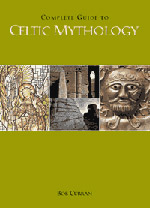 Complete Guide to Celtic Mythology by
Bob Curran, a very good introduction to Celtic Mythology. The book
it is written for the general reader and is well laid out with good
illustrations. The Chapter heading are: The Druidic Tradition,
Legends of Saints and Holy Men, Giants, Monsters and Fairies, The
Land Beneath the Waves, The Otherworld, Spirits of Earth and Air,
Shrines and Sacred Sites, In Search of Ancient Heroes and The Great
Wheel of Existence.
Complete Guide to Celtic Mythology by
Bob Curran, a very good introduction to Celtic Mythology. The book
it is written for the general reader and is well laid out with good
illustrations. The Chapter heading are: The Druidic Tradition,
Legends of Saints and Holy Men, Giants, Monsters and Fairies, The
Land Beneath the Waves, The Otherworld, Spirits of Earth and Air,
Shrines and Sacred Sites, In Search of Ancient Heroes and The Great
Wheel of Existence.
Purchase at Amazon.com or Amazon.co.uk
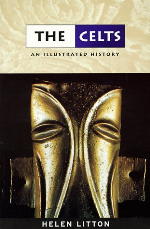 The Celts - An illustrated History by Helen Litton,
an excellent book on the Celts in an Irish context. From Julius Caesar writing on the Celts
to evidence of beautiful Celtic art, ring forts, bog bodies, bronze sword hilts, strange
wooden idols and the cult of the human head, the author deals with the known facts about
the Celts and comes to grips with the arguments about the true extent of Celtic impact
on Ireland. The period covered is from the 8th century BC (Later Bronze Age) to the coming
of Christianity to Ireland, in the 5th century AD, a period of more than one thousand years.
The Celts - An illustrated History by Helen Litton,
an excellent book on the Celts in an Irish context. From Julius Caesar writing on the Celts
to evidence of beautiful Celtic art, ring forts, bog bodies, bronze sword hilts, strange
wooden idols and the cult of the human head, the author deals with the known facts about
the Celts and comes to grips with the arguments about the true extent of Celtic impact
on Ireland. The period covered is from the 8th century BC (Later Bronze Age) to the coming
of Christianity to Ireland, in the 5th century AD, a period of more than one thousand years.
Purchase at Amazon.com or Amazon.co.uk
Boyne Valley Private Day Tour
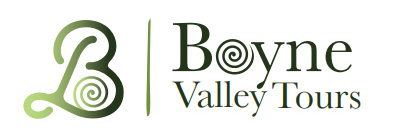 Immerse yourself in the rich heritage and culture of the Boyne Valley with our full-day private tours.
Visit Newgrange World Heritage site, explore the Hill of Slane, where Saint Patrick famously lit the Paschal fire.
Discover the Hill of Tara, the ancient seat of power for the High Kings of Ireland.
Book Now
Immerse yourself in the rich heritage and culture of the Boyne Valley with our full-day private tours.
Visit Newgrange World Heritage site, explore the Hill of Slane, where Saint Patrick famously lit the Paschal fire.
Discover the Hill of Tara, the ancient seat of power for the High Kings of Ireland.
Book Now
Home
| Newgrange
| Knowth
| Dowth
| Hill of Tara
| Fourknocks
| Loughcrew
| More Places
| Labyrinths
| Local Info
| Art Works
| Articles
| Images
| Books
| Links
| Boyne Valley Tours
| Contact

